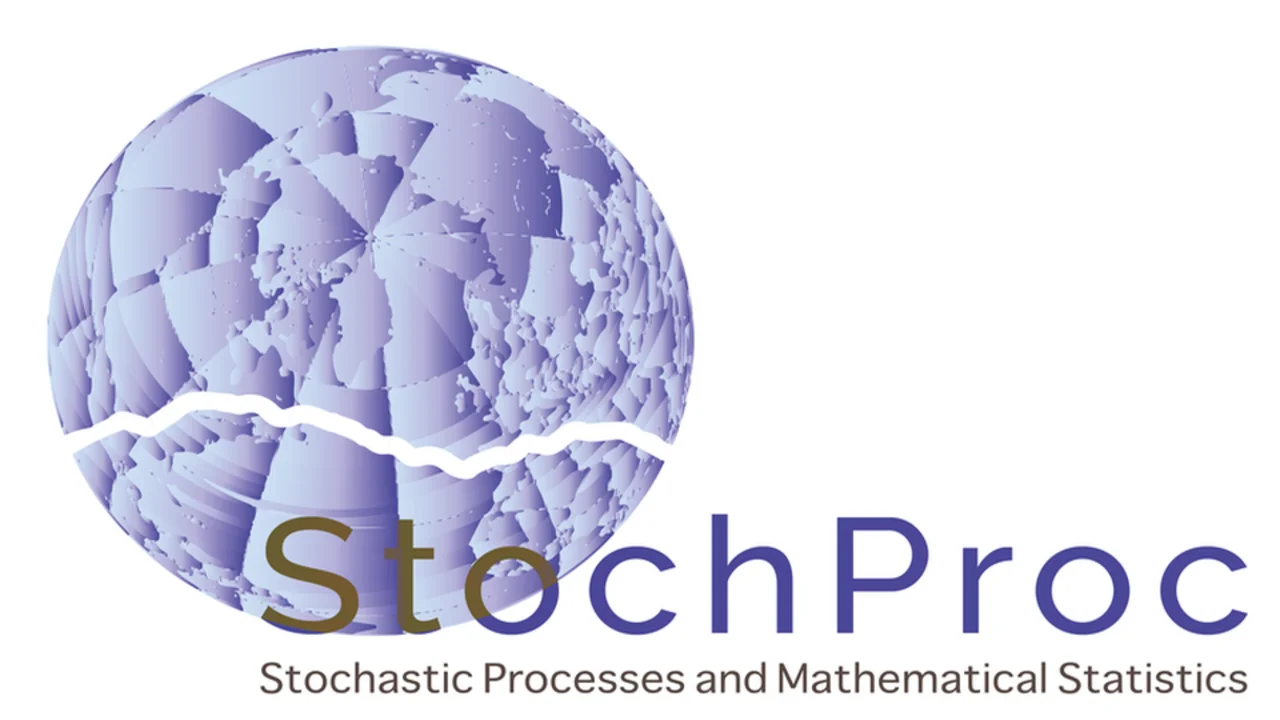
About
Overview
The Stochastic Processes and Mathematical Statistics group, led by Prof. David Bolin, develops methodology for statistical models involving stochastic processes and random fields. A main focus is the development of statistical methods based on stochastic partial differential equations. This is an exciting research topic that combines methods from statistics and applied mathematics in order to construct more flexible statistical models and better computational methods for statistical inference. Some current areas of focus are:
Random fields on metric graphs
In many statistical applications, there is a need to model data on networks such as street networks in a city, or river networks. Such spatial domains are examples of metric graphs, and for applications on these, there is a need to create flexible random field models defined directly on the metric graph. Are developing flexible classes of Gaussian random fields formulated as solutions to fractional-order stochastic differential equations on the metric graphs. In parallel to this, we are developing the general mathematical and statistical theory for Gaussian processes on metric graphs. Further, we are developing the R package MetricGraph which implements the developed theory and contains user-friendly tools for working with statistical data on metric graphs.
Non-Gaussian Spatial models and robustification of latent Gaussian models
Although Gaussian models are fundamental in statistics and machine learning, there is often a need for non-Gaussian random fields. Such models can be constructed as solutions to partial differential equations driven by non-Gaussian noise. The group is developing such models both from a theoretical and applied point of view. We are also developing the R package ngme2 which contains methods for using the developed models in statistical applications.
Fractional-order stochastic partial differential equations
One area that we have been working on extensively is efficient numerical methods for fractional-order stochastic partial differential equations. These are needed both for metric graph models and non-Gaussian models, but also for flexible Gaussian random fields on manifolds and Euclidean domains. This research is being published in both numerical analysis journals and statistics journals. In a recent paper, we proposed an approach that is compatible in the R-INLA and inlabru R packages, and thus facilitates using the method in a wide range of Bayesian hierarchical models. This approach has been implemented in the rSPDE package which is continuously being extended with new models and methods.
Statistical theory for random fields
Besides the research on flexible models and numerical methods for spatial and spatio-temporal data, we are also working on the statistical theory for random fields in general. Two recent examples of this the development of necessary and sufficient conditions for asymptotic optimality of kriging prediction under model misspecification and general theory for equivalence of measures of Gaussian random fields with fractional-order covariance operators.
Applications
In parallell with the theoretical research, the group works on applications in a wide range of areas, ranging from brain imaging to environmental sciences. These applications are in many cases deciding the direction of the theoretical developments, and the students in the group are typically developing methods with a specific application in mind.